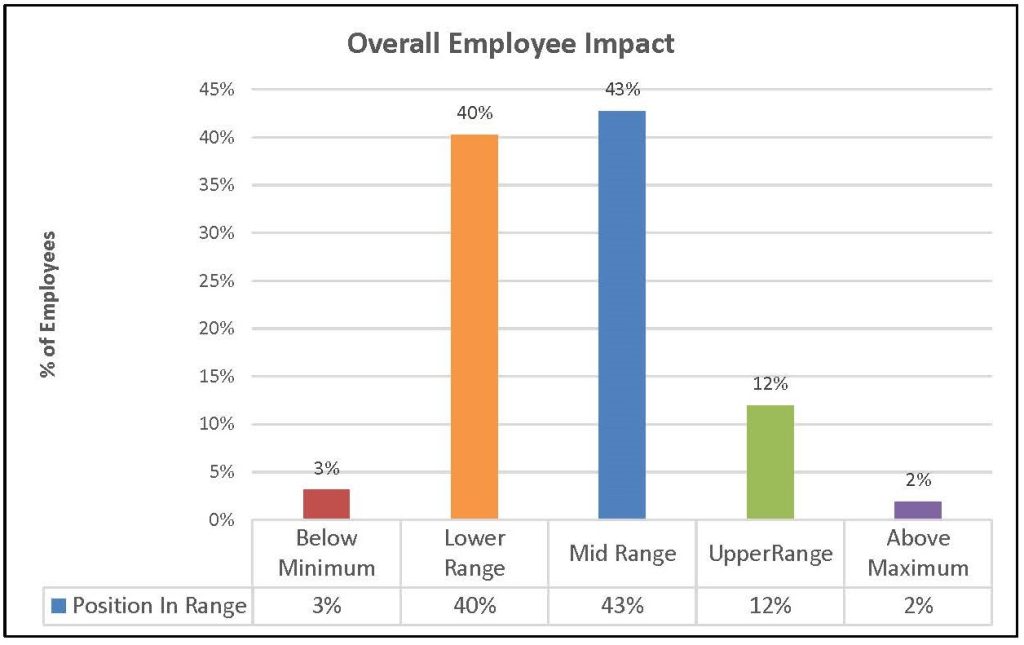Organizations regularly update their external base salary compensation data to remain competitive in the talent market. This process, known as a Market Refresh, involves updating existing data and analyzing its impact on employee compensation. It’s distinct from a full market assessment, assuming a foundational assessment has already been conducted.
When to Refresh
A Market Refresh should ideally occur at least every two to three years, depending on your ability to hire and retain employees. However, if your organization has access to new compensation data annually, a yearly refresh is highly recommended to maximize the value of your survey investments. Modern salary management platforms have streamlined this process, often automating much of the update. Some platforms, like Payscale, offer services where their team loads new survey data and updates your system based on pre-existing job benchmarks.
How to Execute a Market Refresh
Wilson Group collaborates with clients, partnering with them through the following steps:
1. Review and Analyze Employee Census and Job Data: This initial step involves a thorough examination of active and inactive jobs, along with employee census data. Often, we uncover discrepancies such as modified job titles, promotions resulting in new job levels, or outdated job descriptions. This review ensures data accuracy and forms the foundation for effective benchmarking.
2. Market Price New and Significantly Changed Jobs: Any new jobs or those with substantial changes require individual market pricing. This involves:
-
- Reviewing applicable job descriptions
- Determining the job’s function (e.g., accounts payable/receivable), survey category (e.g., individual contributor), and level (e.g., entry, experienced, senior)
- Selecting two to three relevant survey benchmark descriptions
- Presenting these matches to the client for validation and approval
3. Update Existing Market Data by Job: Refresh the market data for existing, unchanged jobs with the latest survey information using the prior survey benchmarks. This ensures all jobs have current market benchmark data.
4. Update Salary Ranges: Adjust current salary ranges based on projected budget increases for salary range movement, often informed by resources like the WorldatWork Salary Budget Survey. This step aligns your ranges with anticipated market trends.
5. Compare Refreshed Data to Updated Salary Ranges: This crucial step involves a detailed comparison of the refreshed market data (for both new and existing jobs) against the updated salary ranges. This analysis allows for:
-
- Classifying new jobs within the existing salary structure based on market data
- Identifying and potentially reclassifying jobs that may require a grade level increase due to rapid market movement
- Analyzing employee data within the new salary ranges

-
- Identifying and recommending adjustments for employees whose pay falls below the minimum or appears low or high compared to peers within the range
- Adjusting midpoint progressions or range widths as needed to accommodate higher minimum hiring rates or broader changes in pay progression across career levels
- Providing education and support to company leadership, as requested; to explain the updated salary ranges and any resulting employee pay adjustments
Conclusion:
A well-executed Market Refresh is essential for maintaining a competitive compensation strategy. By following these steps, organizations can ensure they are attracting and retaining top talent and paying fairly while also managing compensation costs effectively. Regularly reviewing and updating market data allows companies to address any pay inequities and adapt to the ever-changing dynamics of the labor market. This prevalent element to compensation management not only benefits employees but also strengthens the organization’s overall ability to attract and retain a high-performing workforce.
Need Assistance?
Wilson Group can provide expert guidance on planning and implementing your employee compensation planning and increase strategies. Contact us today to learn more.


